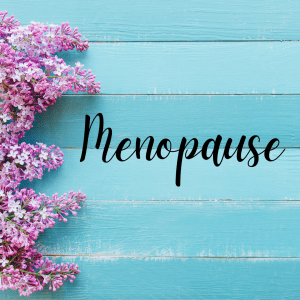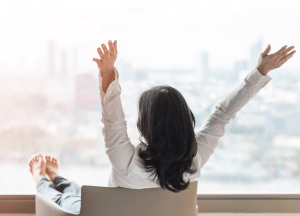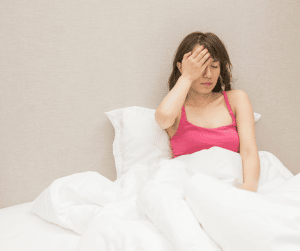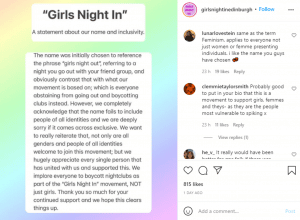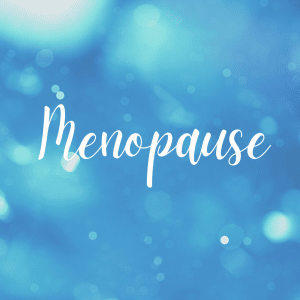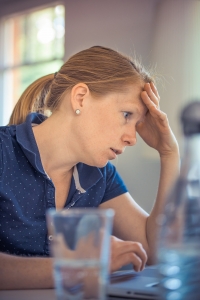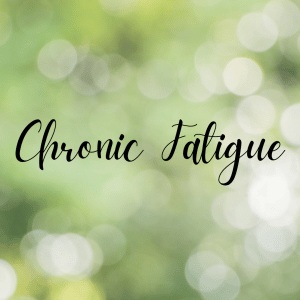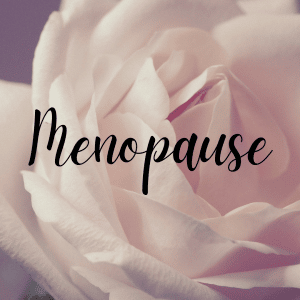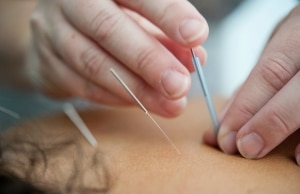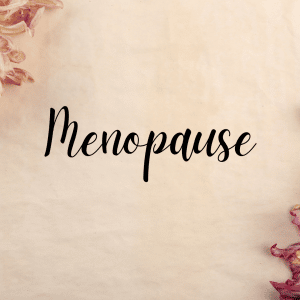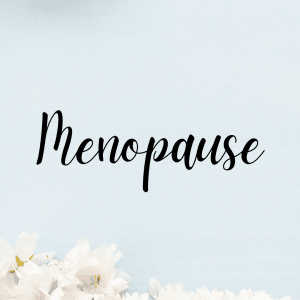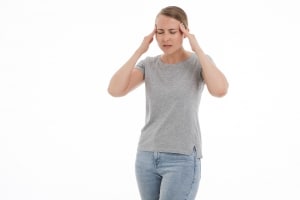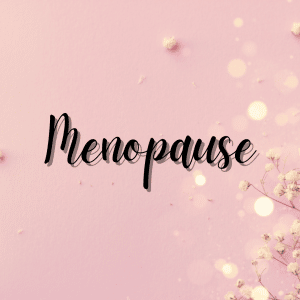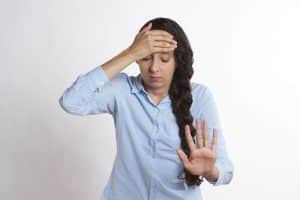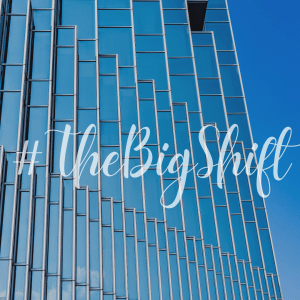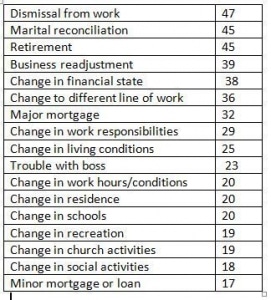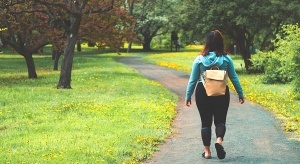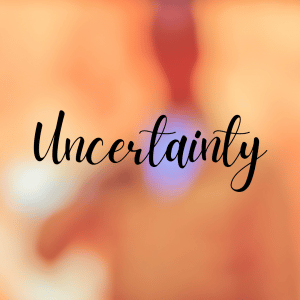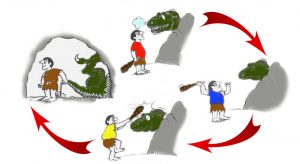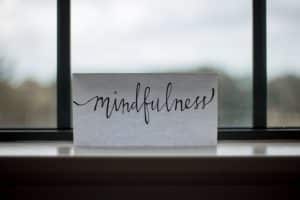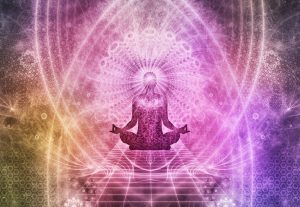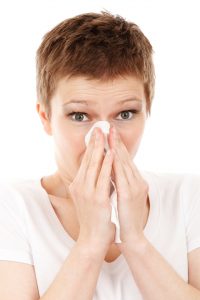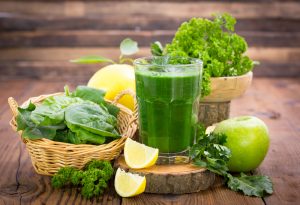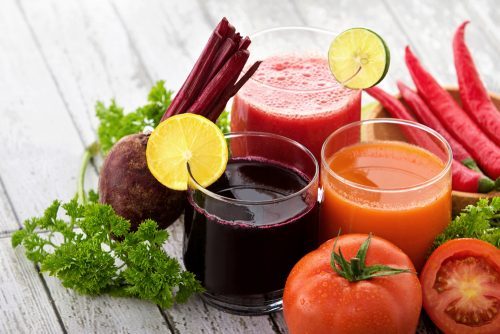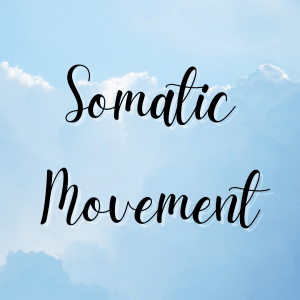 What is Somatic Movement?
What is Somatic Movement?
Somatic movement is the movement of the body as a whole, or of individual parts of the body. It includes both voluntary and involuntary movement and can be either purposeful or non-purposeful. It is an important part of human development and is essential for maintaining physical health and well-being.
A Movement for healthy living
There are many benefits to incorporating somatic movement into your life. Somatic movement can help to improve your overall physical health, as well as your mental and emotional well-being. By improving your physical health, you can reduce your risk of developing chronic health conditions, such as heart disease, obesity, and diabetes. Furthermore, somatic movement can help to improve your balance and coordination and increase your flexibility and range of motion. Additionally, practicing regular somatic movements can help to reduce stress and anxiety, and improve your quality of sleep. Ultimately, incorporating somatic movement into your life can help you to live pain-free and reverse some of the postures we typically associate with old age.
Why somatic movement is so important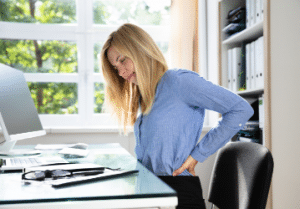
The human body is designed to move. And yet, in our modern world, we often find ourselves sitting for long periods of time – at our desks, in our cars, on our couches. This sedentary lifestyle can lead to all sorts of health problems, including obesity, heart disease, and diabetes.
Somatic movement is any kind of movement that is intentional and mindful. It can be as simple as taking a break from sitting to stand up and stretch, or it can be a more structured form of movement with a qualified practitioner.
The benefits are many. It can help to improve our posture, increase our flexibility, and reduce stress. It can also help to improve our cardiovascular health and increase our overall strength and endurance.
The great thing about somatic movement is that you can do it almost anywhere. So why not make a commitment to incorporating some somatic movement into your daily life? Your body will thank you for it!
Interested in Finding Out More – Special Offer
- Wake up tired or in pain?
- Notice you cannot move like you used to?
- Somatics is the answer; It goes to the root of most chronic muscular pain.
It works for everyone, both young, and old, and everyone in between! Retrain your brain to relax and release chronically tight muscles and move easily and flexibly.

